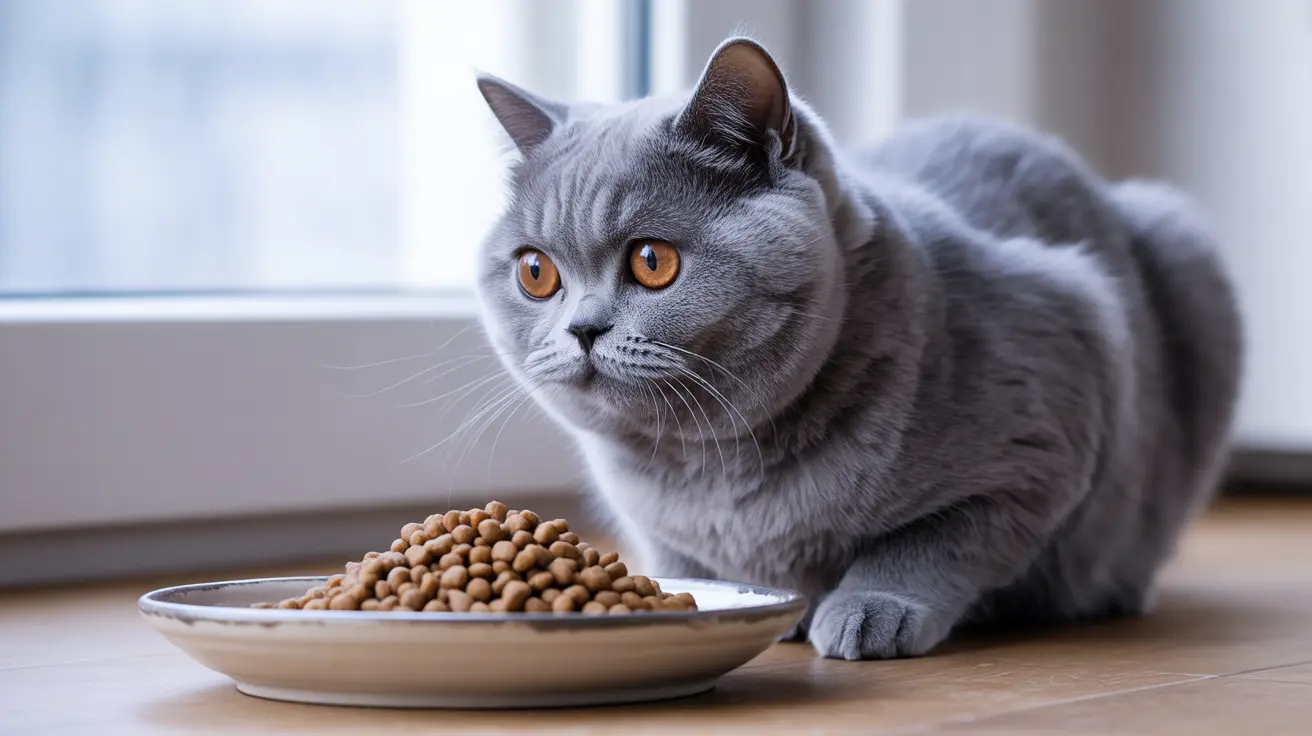Understanding Heart Scarring and RCM
Heart scarring occurs when normal heart tissue is replaced by fibrous, stiff tissue that doesn't function properly. In cats with RCM, this scarring primarily affects the heart's ability to relax and fill with blood between beats, leading to decreased cardiac function and potential complications.
The exact cause of heart scarring in most cats remains unknown, though several factors may contribute to its development:
- Previous heart inflammation
- Viral infections
- Immune system disorders
- Genetic predisposition
- Age-related changes
Common Signs and Symptoms
Cats with heart scarring may display various symptoms, including:
- Difficulty breathing or rapid breathing
- Lethargy and decreased activity
- Loss of appetite
- Sudden weakness or paralysis (especially in the hind legs)
- Coughing (though less common in cats than dogs)
Diagnosis and Detection
Veterinarians use several methods to diagnose heart scarring and RCM:
- Echocardiogram (heart ultrasound)
- Chest X-rays
- Blood tests
- Electrocardiogram (ECG)
- Physical examination and medical history
Treatment Options and Management
While heart scarring cannot be reversed, several treatment approaches can help manage the condition:
- Medications to control heart failure symptoms
- Blood thinners to prevent clot formation
- Regular veterinary monitoring
- Stress reduction
- Dietary modifications when appropriate
Prevention and Long-term Care
Though complete prevention may not be possible, certain measures can help maintain your cat's heart health:
- Regular veterinary check-ups
- Maintaining a healthy weight
- Proper nutrition
- Monitoring for early warning signs
- Stress management
Frequently Asked Questions
What causes scarring of the heart in cats with restrictive cardiomyopathy?
Heart scarring in cats with RCM often occurs without a clear cause (idiopathic). However, it can be triggered by previous inflammation, infections, or immune system responses. Some cats may have a genetic predisposition to developing heart scarring.
How can I identify early signs of restrictive cardiomyopathy in my cat?
Early signs include increased breathing rate, decreased activity levels, poor appetite, and reluctance to exercise. Some cats may show no obvious symptoms until the condition is advanced, making regular veterinary check-ups crucial.
What are the best ways to manage symptoms of restrictive cardiomyopathy in cats?
Management typically involves a combination of medications to control heart failure, prevent blood clots, and reduce fluid buildup. Regular veterinary monitoring, stress reduction, and maintaining a calm environment are also important.
Can diet or lifestyle changes help prevent or manage heart scarring in cats?
While diet and lifestyle changes cannot prevent heart scarring, maintaining a healthy weight and proper nutrition can support overall heart health. Some cats may benefit from specific cardiac diets recommended by their veterinarian.
How often should my cat with restrictive cardiomyopathy see a veterinarian for follow-up care?
Cats with RCM typically need check-ups every 3-6 months, though more frequent visits may be necessary if symptoms worsen or complications develop. Your veterinarian will create a personalized monitoring schedule based on your cat's condition.
Conclusion
Heart scarring and RCM represent significant health challenges for affected cats, but understanding the condition and working closely with your veterinarian can help ensure the best possible outcome. Early detection and consistent management are key to maintaining your cat's quality of life when dealing with this serious heart condition.






